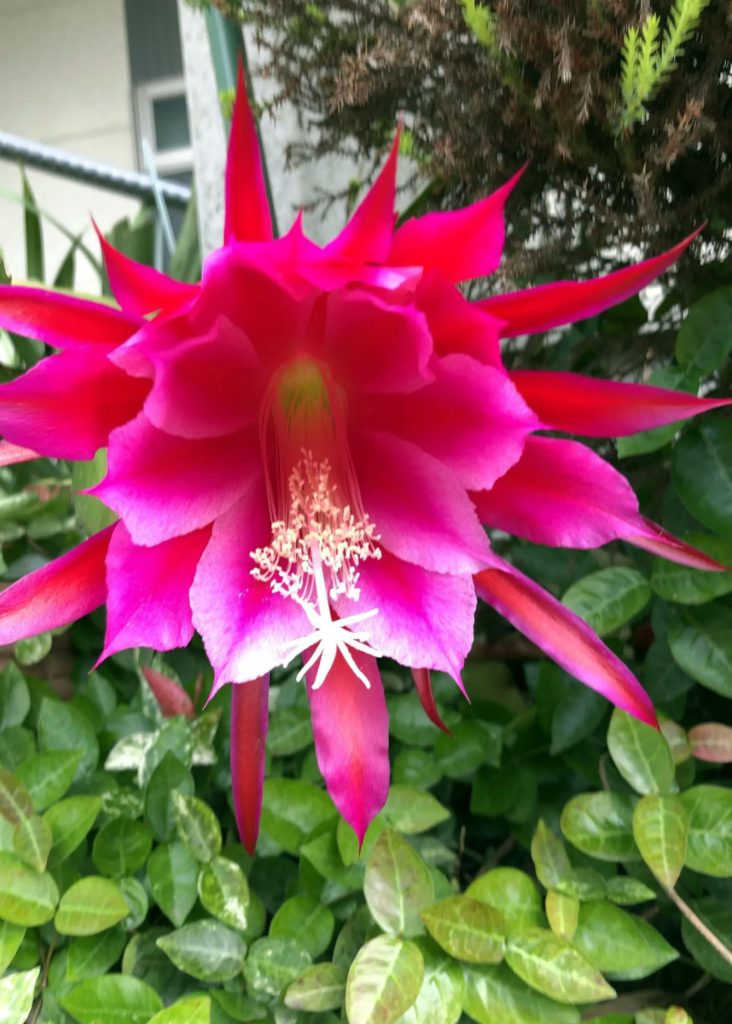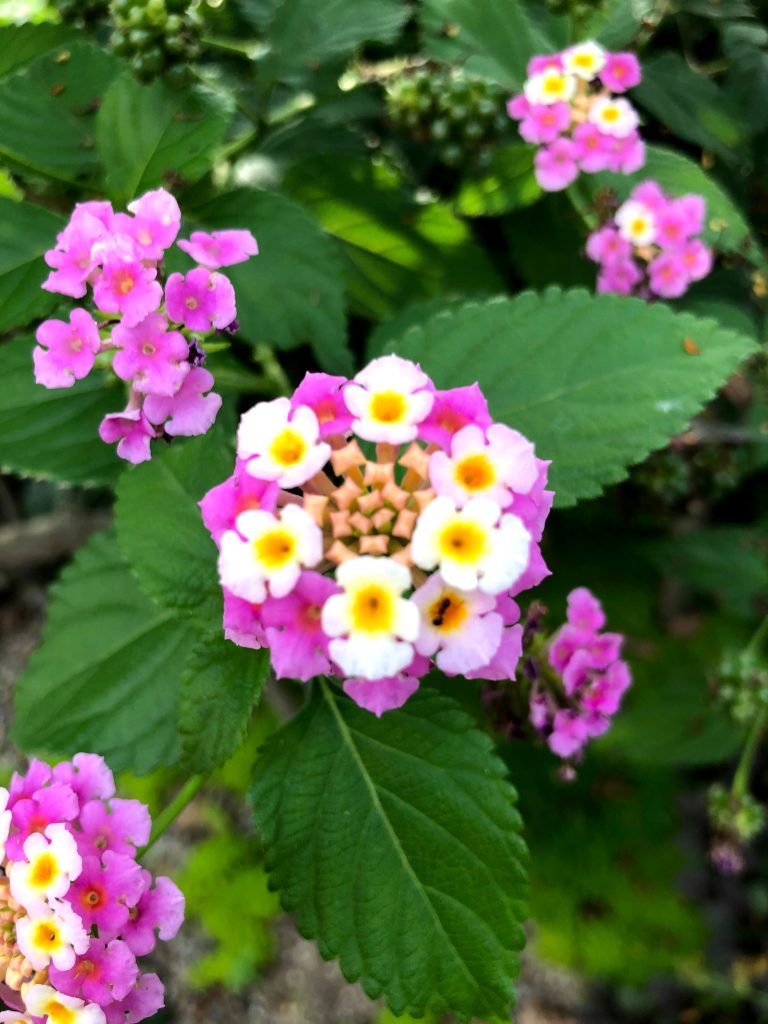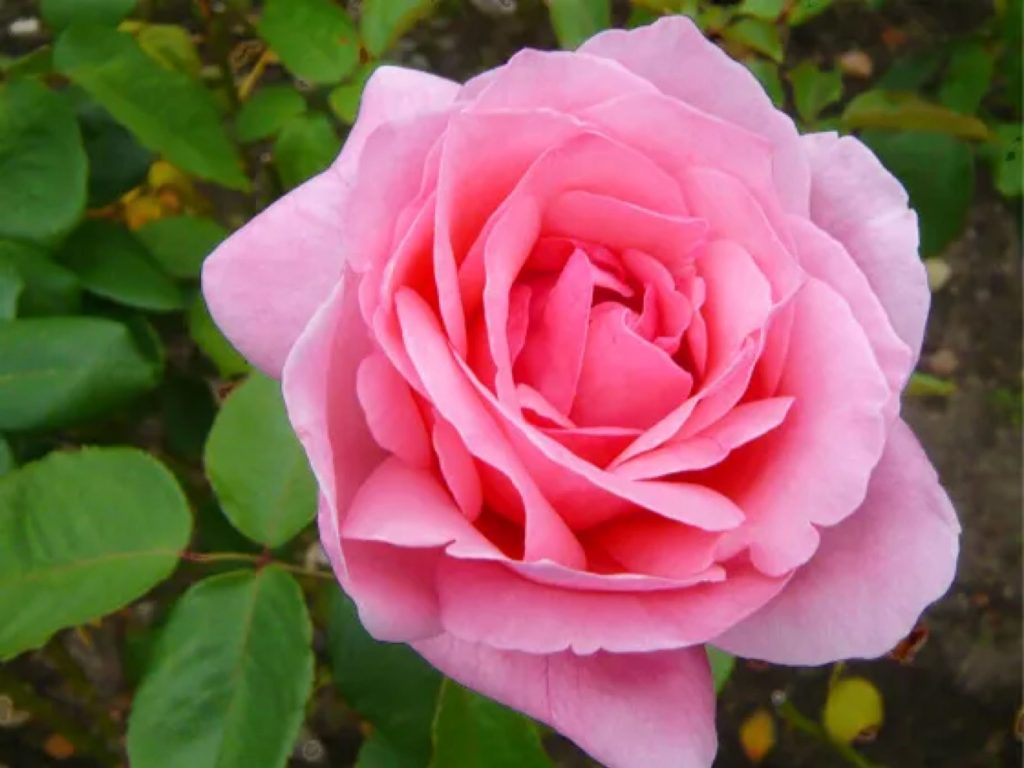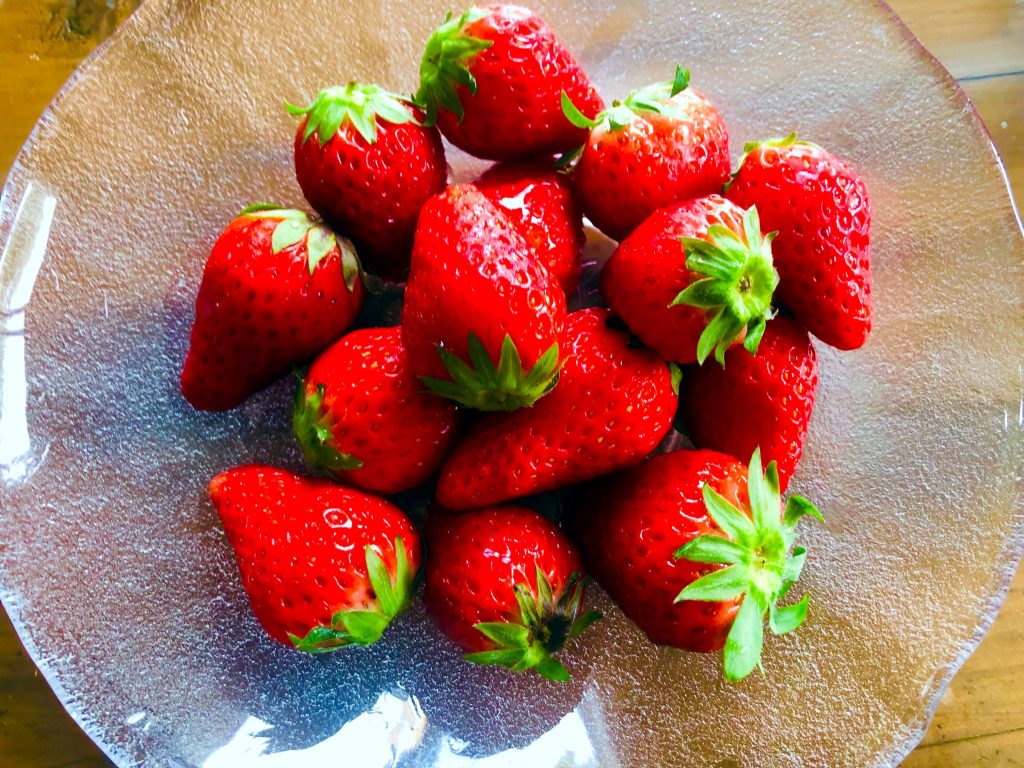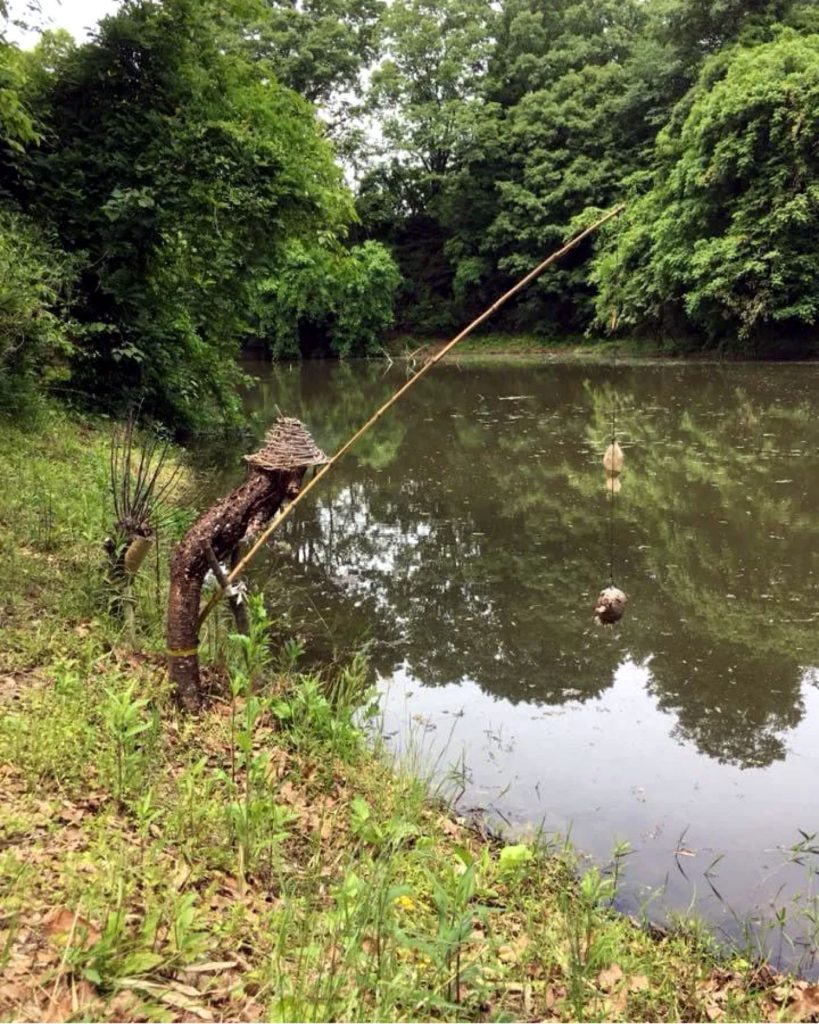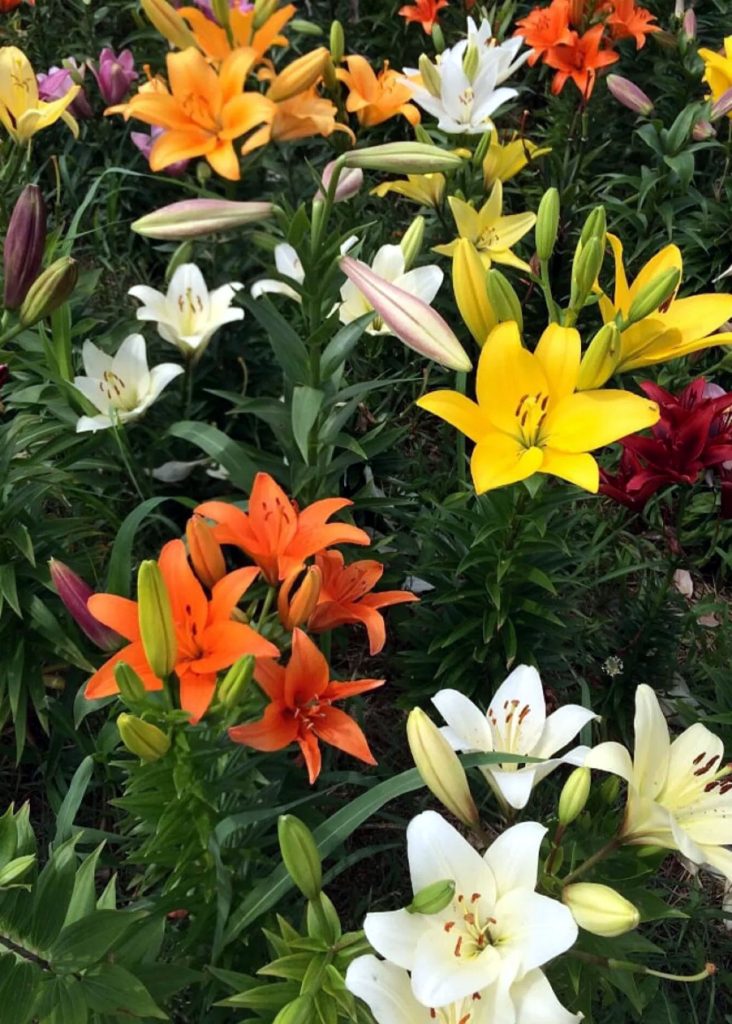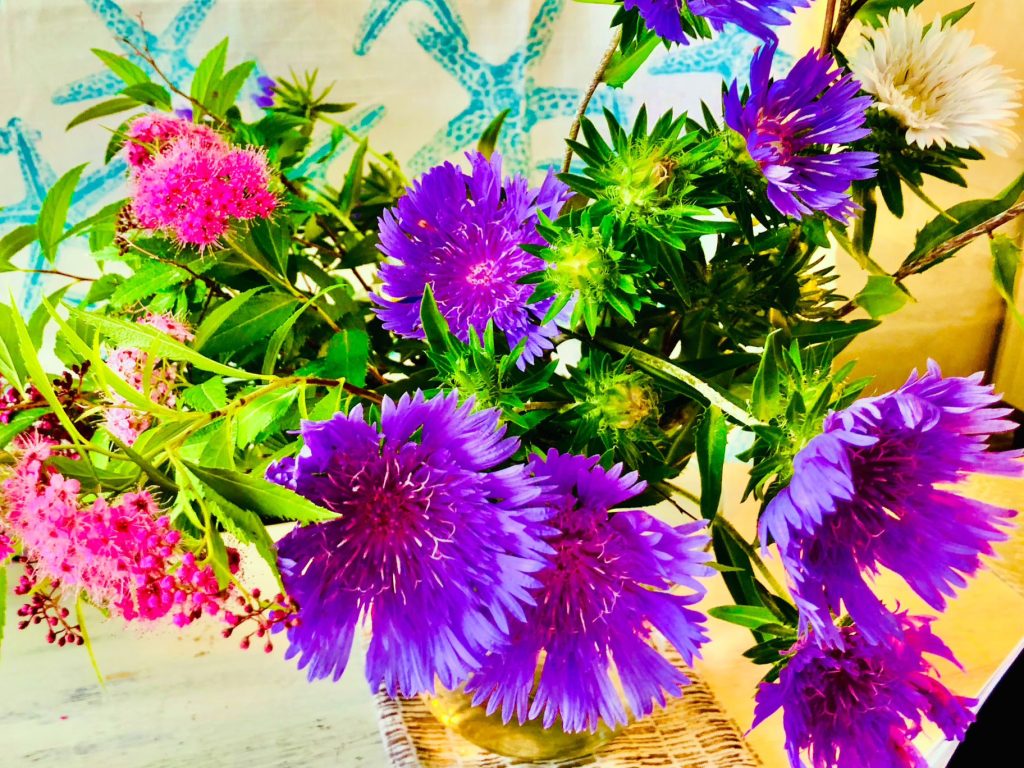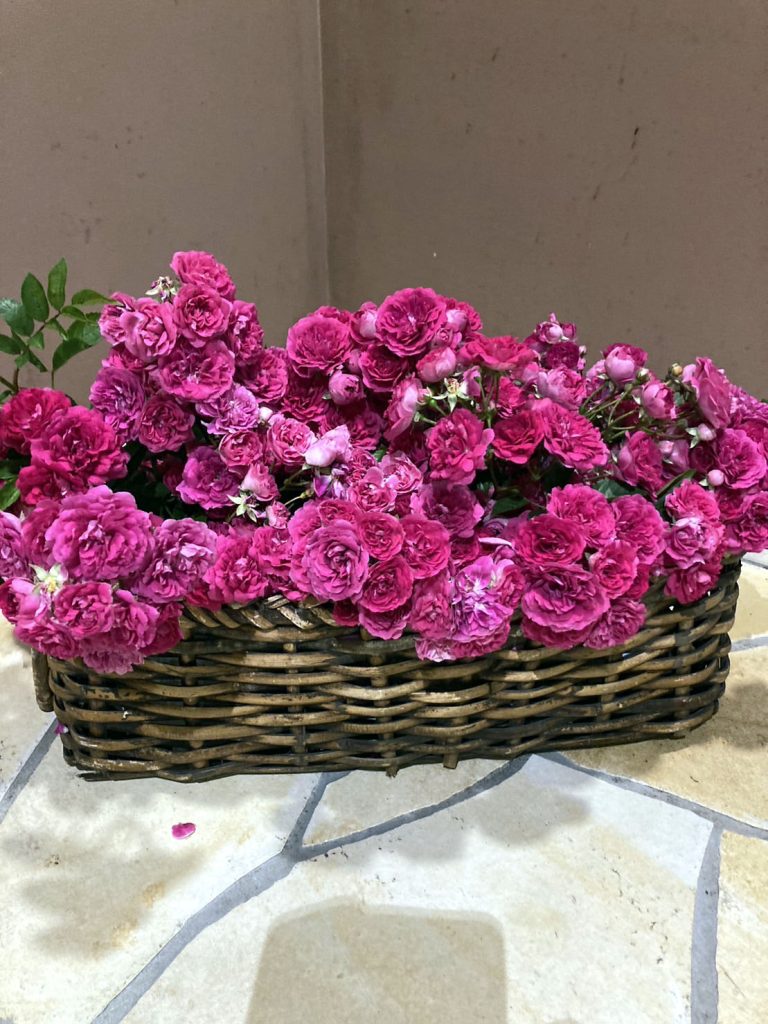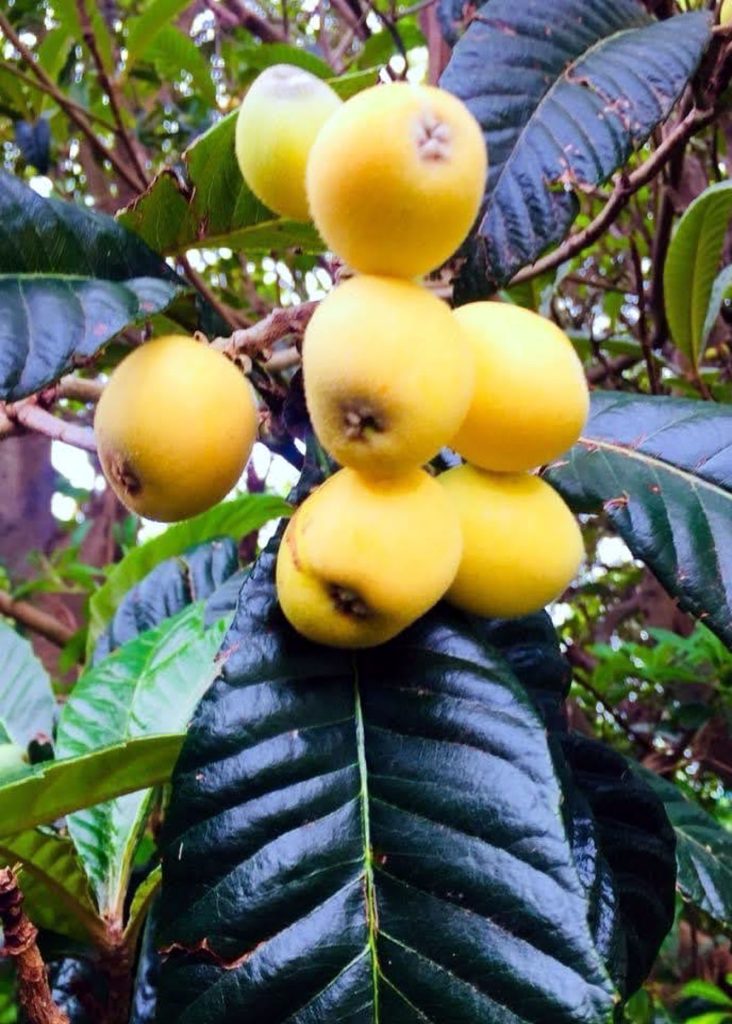
There were loquat fruits growing near the nearby field. Whenever I see loquat fruits, it always reminds me of my great uncle. My great uncle was a master of Joruri, using the stage name Tsurusawa Tomoharu. He had disciples in Shikoku and Awaji, and he would regularly go for their rehearsals. During my summer vacation of the third grade of elementary school, I accompanied him to a lesson on Awaji Island, and it was there that I was to perform “Awa Jurobei,” and underwent intense training. Many disciples and villagers gathered at our relatives’ house in Awaji. It must have been a presentation by the disciples. I earnestly performed the learned piece “Awa-no-Jurobei.” When I finished, everyone gave me a big round of applause. Being my first experience, I didn’t understand much of what was happening and was just surprised. However, I remember much more vividly that the kaiseki cuisine we had for lunch was delicious. It was a luxurious meal centered around dishes made with carp that they raise in the lotus pond, and it was the first time I had such a fancy meal in my life.
近くの畑の傍に枇杷の実が成っていました。枇杷の実を見ると決まって思い出すのが大叔父の事です。大叔父は鶴澤友春の芸名を持つ浄瑠璃の師匠でした。四国や淡路にお弟子さんがいて、定期的にお稽古に出かけていました。小学3年生の夏休みに淡島島のお稽古に付いて行き、そこで「阿波十郎兵衛」を語る事になり、猛特訓を受けました。淡路の親戚宅にはお弟子さんや村の人達が沢山集まっていました。お弟子さんの発表会だったんでしょうね。習った「阿波十郎兵衛」を一所懸命に語りました。語り終わると皆さんから大拍手です。初めての経験なので何が何だか分からず、びっくりした事だけは覚えています。その事よりもお昼に出た懐石料理が美味しかった事の方がよっぽどよく覚えています。蓮池で飼っている鮒料理を中心にした懐石料理で、生まれて初めての豪華料理でした。

